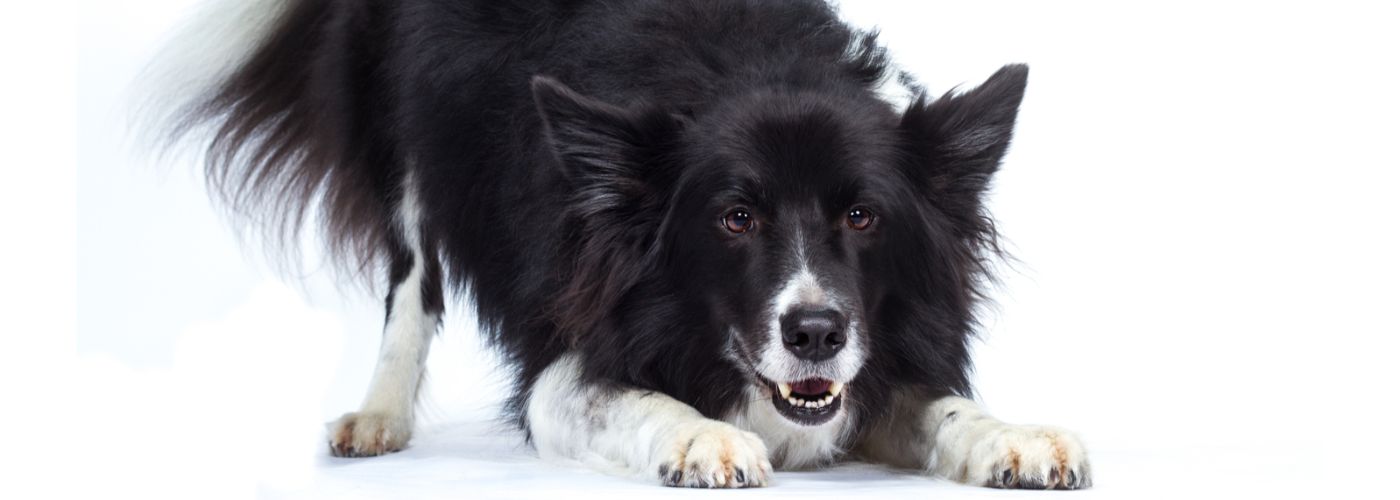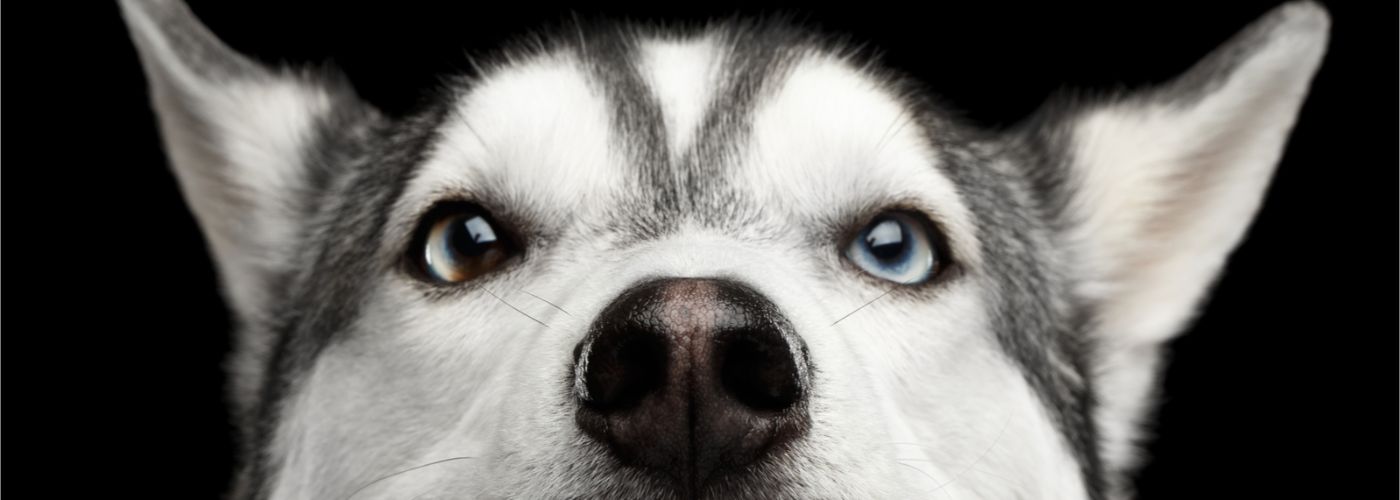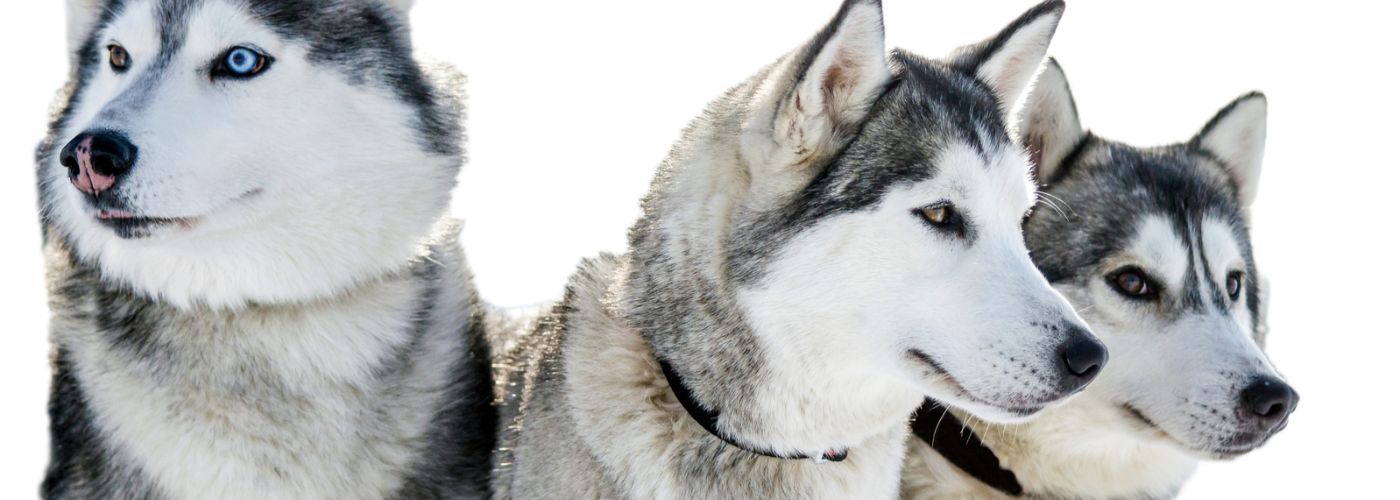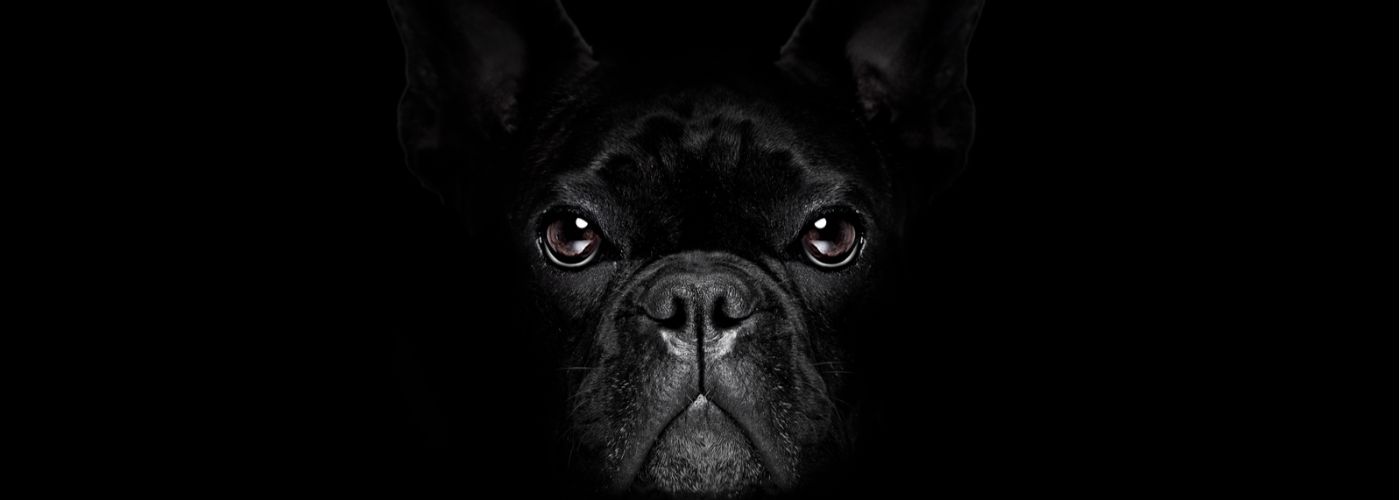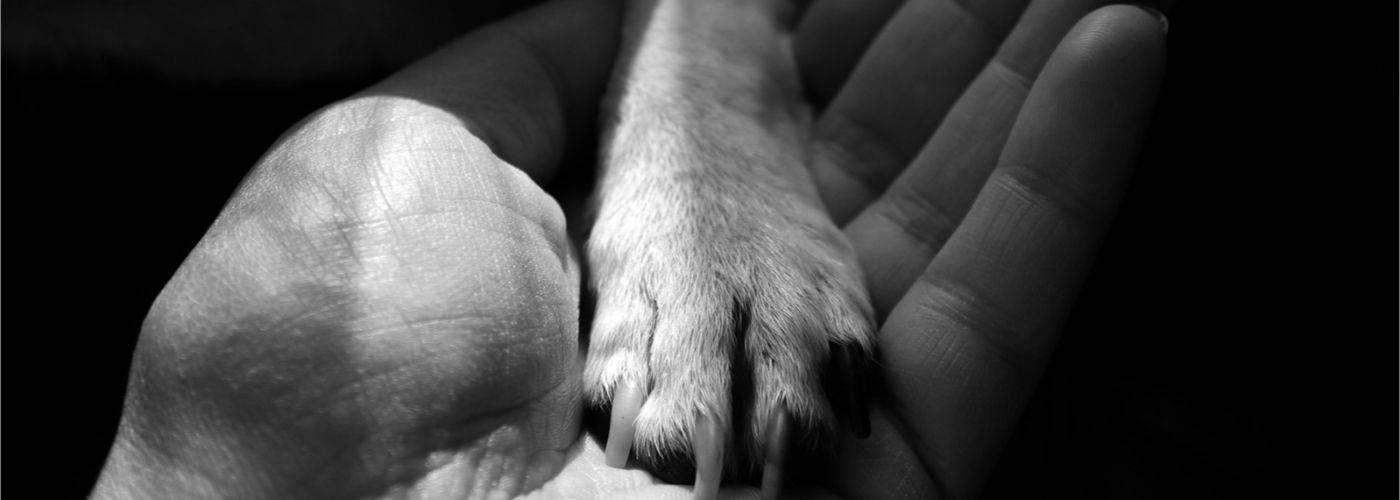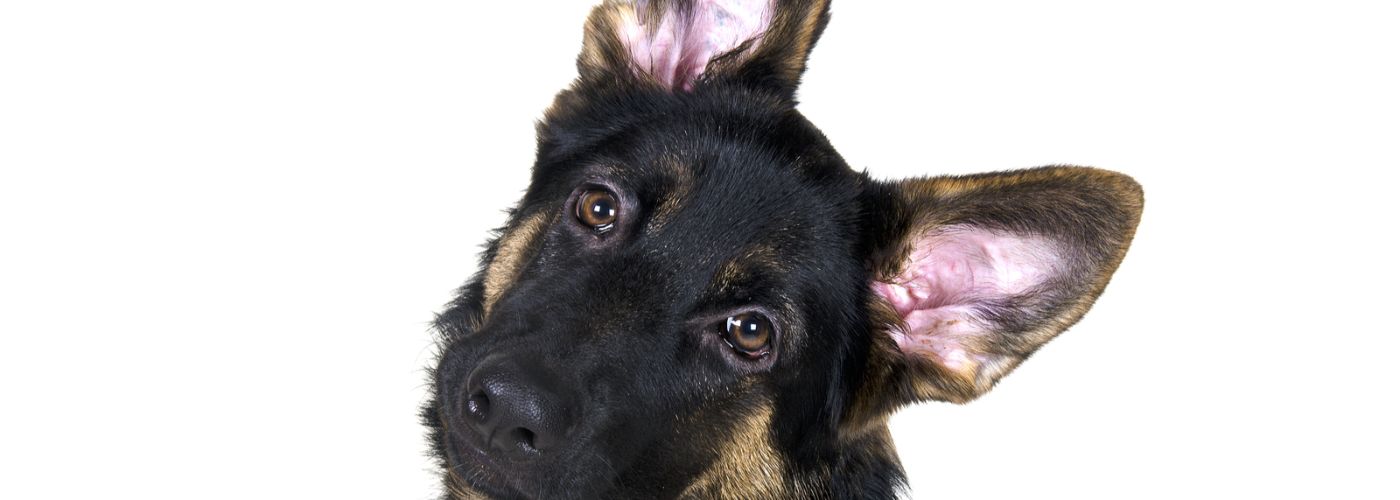Keeping your Performance Dogs at the Top of their Game
From Agility and Hoopers, through to Flyball and Frisbee, there’s an assortment of different sports and activities you and your dog can now enjoy.
And just like our top sportspeople, your canine athlete will often be pushed to their limits in both training and competition.
And so it’s inevitable that they’ll pick up sports-related injuries from time-to-time.
Clinical Canine Massage is a results-driven, physical therapy which helps to rehabilitate these soft tissue and muscular injuries, and keep your sporting, performance or working dog in tip top condition.
The Canine Athlete
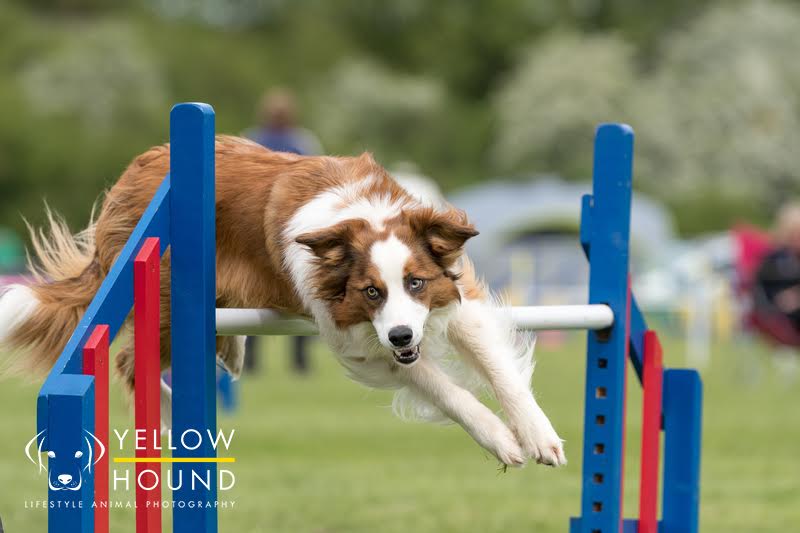
Canine athletes include sporting dogs that compete in any performance events such as Agility, Flyball and Canicross, and working dogs such as Search and Rescue Dogs or Gun Dogs, to name just a few. What all of these dogs have in common, no matter which discipline they participate in, is a high level of athleticism and fitness. Most are required to run, jump, twist and turn, all at high speeds, on different terrains, often from a standing start, and at a much higher intensity and more repetitively than their general day-to-day exercise.
Muscle comprises 45% of their body weight, so it’s no surprise that muscular injuries are common in your performance dogs, putting a spanner in the works for both their training and competition when they occur. Their forelimbs are responsible for steering and acting as important shock absorbers, whilst their hind limbs provide power and drive for speed and jumping. And in order to produce every action effortlessly, a complex network of different muscles need to be working together in perfect synergy. And so it’s imperative that all muscles and the dog are in great condition to achieve peak performance.
Common Injuries
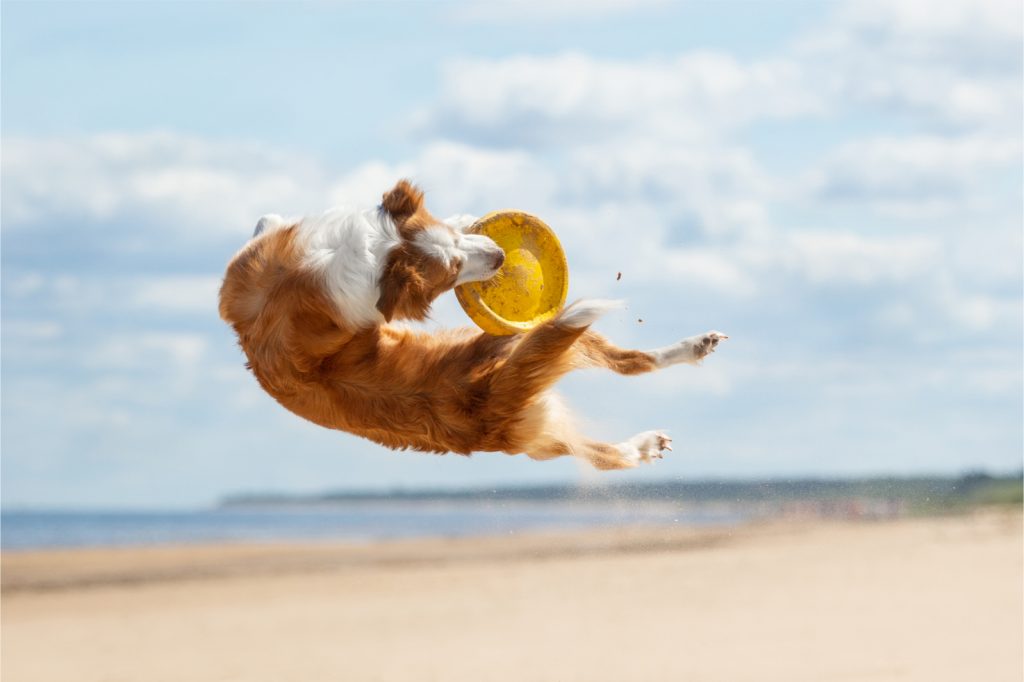
Muscle Strain
The most common muscular injury is a strain – a painful tear to the muscle or the tendon which joins the muscle to the bone, as a result of overstretching or overloading. Strains can be chronic, commonly caused by repetitive stress due to repetitive activities, or acute, which usually occur as a result of a slip, sudden change in direction, or performing without warming up. They vary in severity from fairly mild to very severe and you’ll likely be advised to rest your dog for a specific time, depending on the repair phase of the strain. After an initial period of inflammation, the body repairs a strain by laying down scar tissue which acts like a glue. However, scar tissue is less flexible than the original muscle tissue and can subsequently reduce the overall flexibility of the muscle by up to 50%, making it highly susceptible to re-strain if overstretched or overloaded again in the future. Canine Massage helps to break down and remodel this restrictive scar tissue, rehabilitating the injury and restoring the flexibility within the affected muscle.
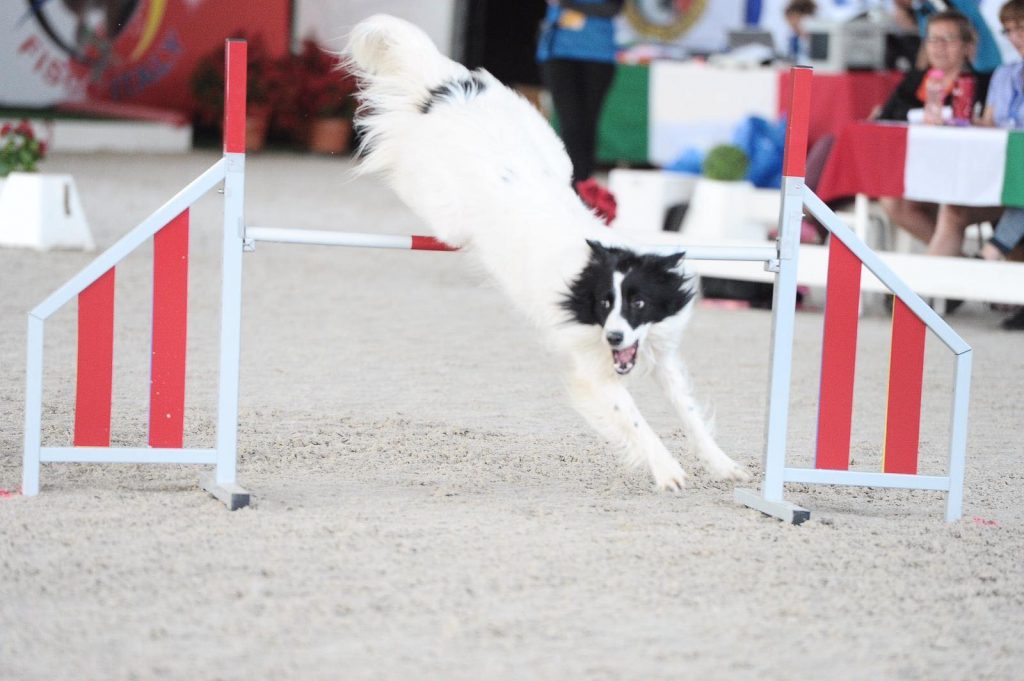
Ligament Sprain
Ligaments are thick bands of cartilage which join bone to bone, and whilst they are very strong with a small degree of flexibility, they can be overstretched or torn, which is known as a sprain. Like muscle strains, sprains vary in severity from a minor tear or stretch, through to a complete rupture, sometimes taking small pieces of bone with it. The more severe, the more painful and debilitating the injury, and often surgical intervention will be required. Sprains are commonly caused by sudden braking and twisting and most commonly affect the Cruciate Ligament in the Stifle as well as the ligaments in the Tarsus (ankle) and Carpus (wrist).
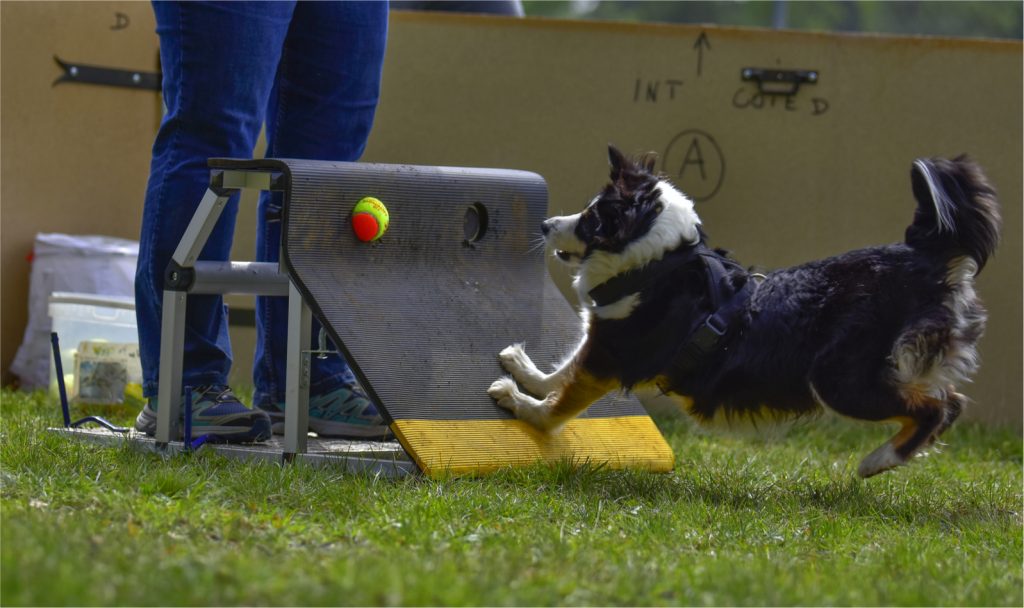
Let’s just think about Flyball as an example. It’s fast and furious and the dogs definitely have a blast, however as with any sport, it comes with an increased risk of injury. As a dog hits the box, it exerts significant force through the wrist, causing it to hyper-extend (bend back much further than normal), and this over-extension also continues through the Flexor muscles that run up the back of the foreleg. You can see this hyper-extension in this photo. Fortunately, Canine Massage can help sprains by speeding up natural healing and recovery time, reducing and resolving painful areas of overcompensation, and reducing pain and inflammation to enable weightbearing, improved mobility and the rebuilding of atrophied muscles.
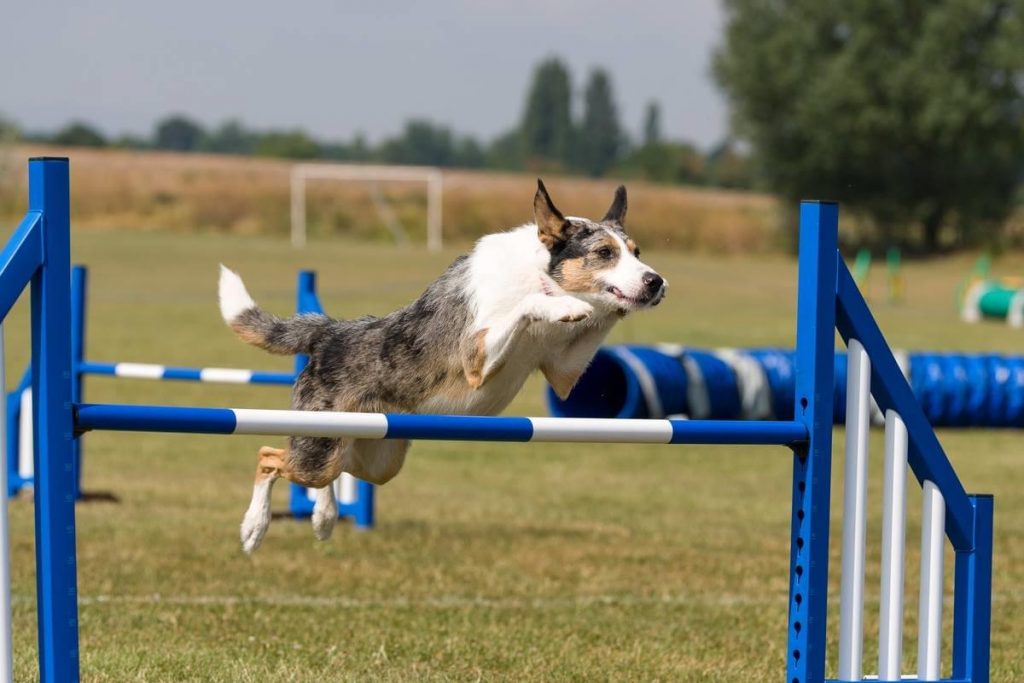
Myofascial pain
Fascia is the 3D cobweb of connective tissue that envelopes every muscle, organ, and bone in the body; holds contours, features and posture; and provides a surface for the muscles to slide and glide over one another during movement. However, when it becomes restricted, it becomes dysfunctional, clamping down over the muscles and reducing or inhibiting this slide and glide action. The fascia also provides a pathway through which nerves travel, and as it becomes tightened to the skin, nerve and pain sensitivity increases. When these restrictions or adhesions occur, they cause wide radiating pain, stiffness, and reduced mobility, and they can also mimic the symptoms of other conditions such as Arthritis. If your dog is suffering with Myofascial Pain, you may notice that their skin twitches or that it feels tight to their body, along with a restricted range of movement or a reluctance to be touched or groomed in certain areas. Our Clinical Canine Massage encompasses a range of myofascial release techniques which can produce significant and profound changes in your dog.
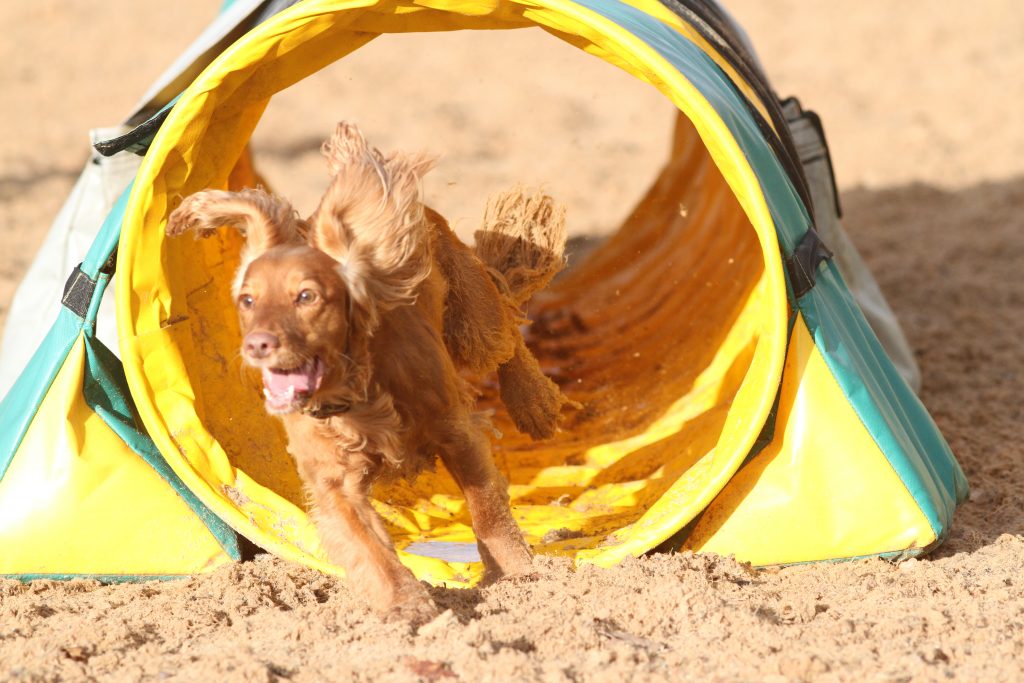
Trigger Points
When restrictive adhesions build up between the muscle fibres over time, usually as a result of repetitive strain and microtrauma, they can form a Trigger Point or ‘knot’; a hyperirritable band within a muscle, which can cause debilitating levels of pain and faux muscle fatigue. Massage aims to effectively release these areas of focal tension and can often identify and resolve what’s causing them in the first place.
Hypertonicity
Persistent stress on a muscle can lead to hypertonicity, a state where there is too much resting tone in the muscle fibres. Hypertonic muscle will usually be hard and inflexible to the touch, decreasing its ability to lengthen and contract efficiently. This inhibits normal movement, causes deviations in normal posture, and increases vulnerability to injury. You’ll be pleased to hear that Hypertonicity responds almost immediately to Clinical Canine Massage though!
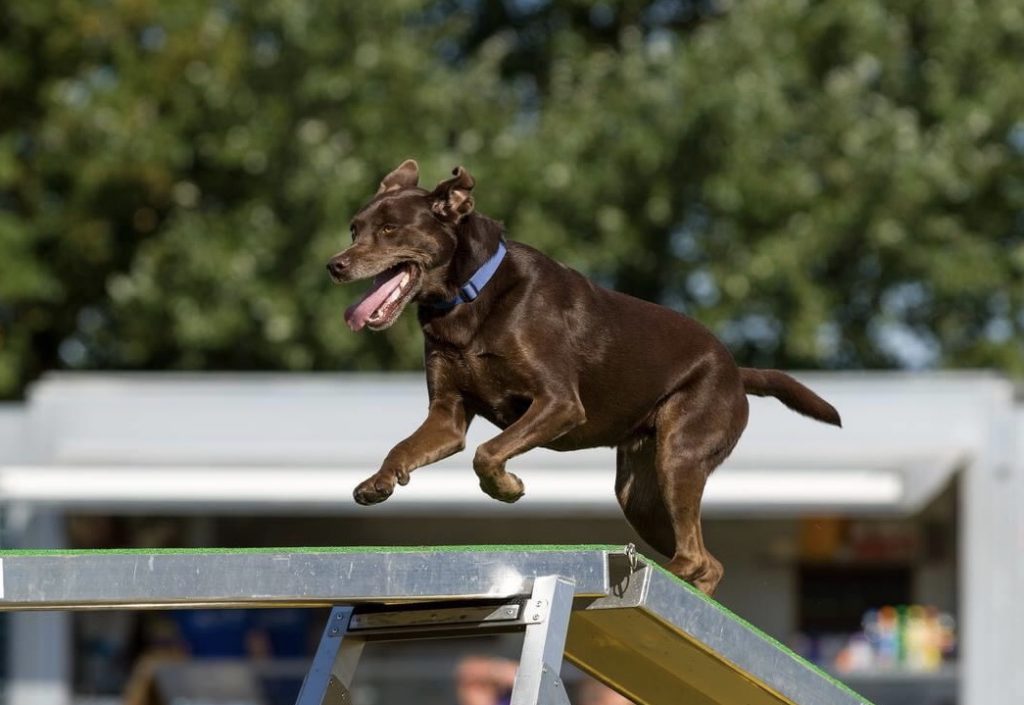
Muscular Tension/Tightness
Just like us, when your dog’s muscles become tense or tight, they’ll likely present with stiffness and a reduced range of movement, with the muscles often feeling uncomfortable on a day-to-day basis. And muscular tension, like hypertonicity, can have a detrimental effect on the performance of your sporting dog. In agility for example, where muscles are required to continually lengthen and then shorten; tension, tightness and hypertonicity can cause performance issues and increase your dog’s susceptibility to muscular strains.
Muscle Splinting
When there is a musculoskeletal injury, the muscles which cross the affected joint come under additional stress as they attempt to take the strain off of the affected area. Essentially they are working harder to compensate for the affected joint and protect it from further injury. However, because the pressure of this overcompensation builds up over time, these muscles begin to stiffen, shorten and tighten, causing pain and ultimately contributing to further wear and tear on the joint. Clinical Canine Massage can directly address these areas of tension and tightness, as well as releasing restrictive fascia and the pain-referring trigger points that will also develop.
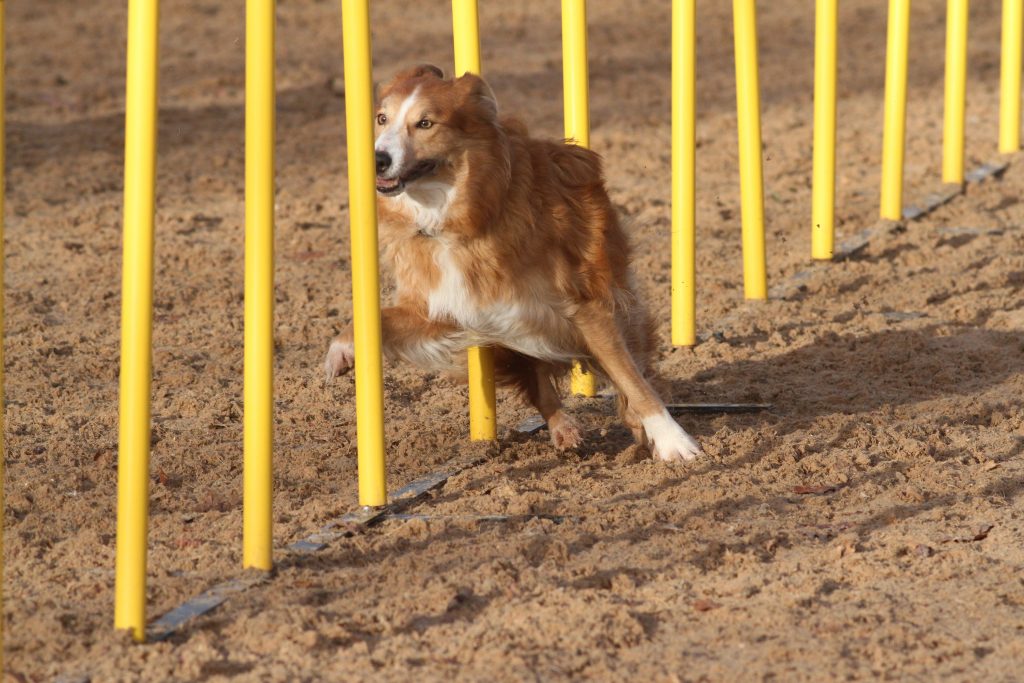
Tendonitis
Tendons join muscle to bone and are incredibly strong, being able to resist a great deal of tension. However they are susceptible to Tendonitis, which is the inflammation of the tendon accompanied by pain and swelling, which usually occurs as a result of overuse through repetitive activities or from a sudden, sharp movement. Essentially, Tendons are protected by tendon bursa and chronic irritation to these results in excess fluid production and soft swellings. Inflamed tendons are at greater risk of being overstretched or even strained (torn). Dogs suffering with tendonitis will present with lameness and occasionally a lack of range of motion through the affected limb. The Biceps Brachii is commonly affected in both Agility dogs and Sled dogs, with the latter also commonly suffering with Achilles tendonitis. Massage can be helpful through increasing circulation and reducing the level of inflammation.
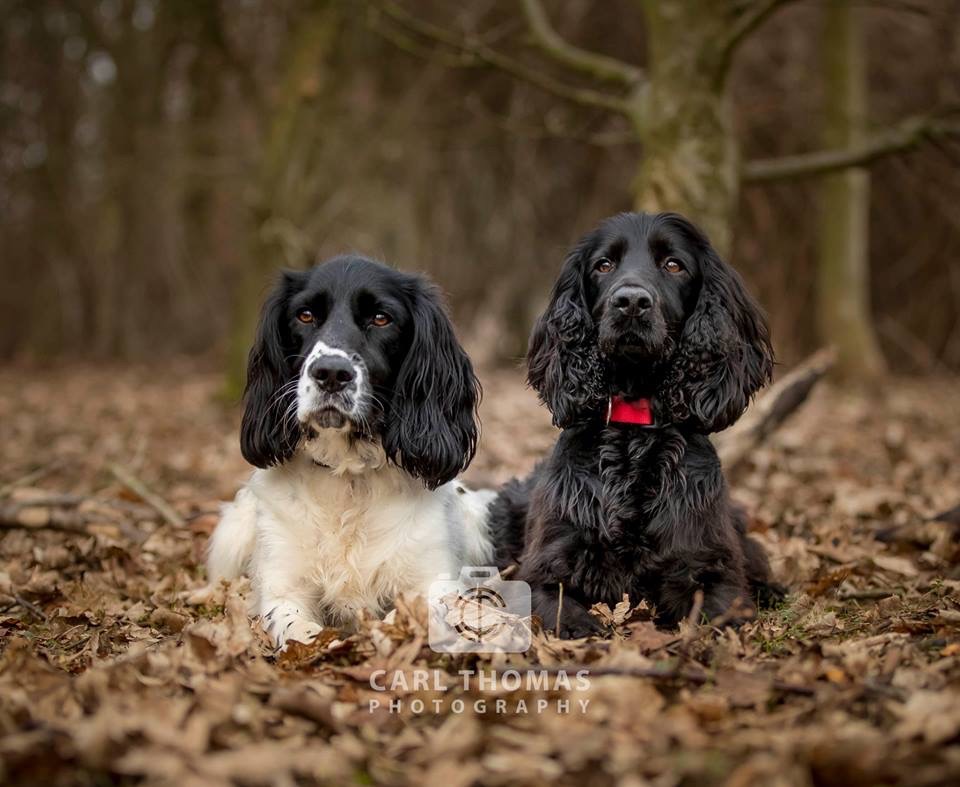
Cramp
Cramp occurs when there is a prolonged tightening of a specific muscle or muscle group. It’s an involuntary contraction and if you’ve ever experienced it yourself, you’ll know it’s incredibly painful. Cramp can sometimes manifest as a result of a past injury, but most commonly it’s as a result of a muscular spasm being held or over-stressing the muscle. Cramp will most likely occur as a result of over walking or undertaking extreme exercise or racing; exhaustion; dehydration; extreme cold; poor oxygenation to the muscle; and circulatory or renal issues. Therefore, cramp can be quite common with working dogs who are required to keep going for long periods of time, such as Gun Dogs and Search and Rescue Dogs, as dehydration and fatigue are at an increased risk. Some of the symptoms of cramp include lameness for a few minutes, either holding the leg up or dragging it along the floor, howling in pain, rolling around on the floor, and increased sensitivity to touch over the affected area. Massage can help cramp by increasing blood flow to the area, releasing spasms, increasing circulation and with it the oxygenation to the muscle, and by stretching and lengthening the muscles.
Signs of Sports Injuries
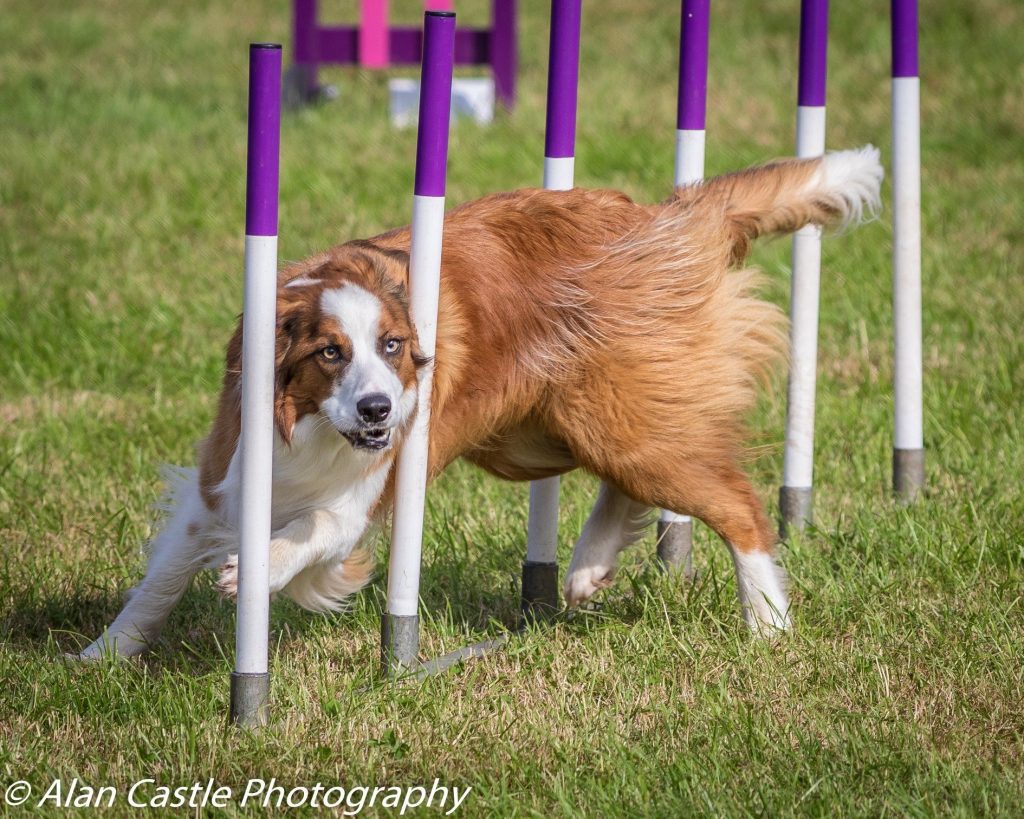
So how do you know if your dog is carrying an injury? Obviously if your dog is limping or lame, you know there’s a problem. But subtle performance injuries are far less obvious and can often be mistaken as a training issue. Underlying injuries and pain manifest as changes in performance such as…
- Measuring jumps or knocking poles
- Missing, avoiding or refusing jumps
- Change in jumping style
- Change in take off spot
- Showing preferred landing spots
- Change in stride or stutter stepping
- Weave entry problems
- Contact issues
- Struggling to wrap around wings
- Short turning on one side
- Turning wide on the box
- Sudden loss of interest/enthusiasm
- Employing distraction techniques at training
- Loss of speed/slowing down
Benefits of Canine Massage
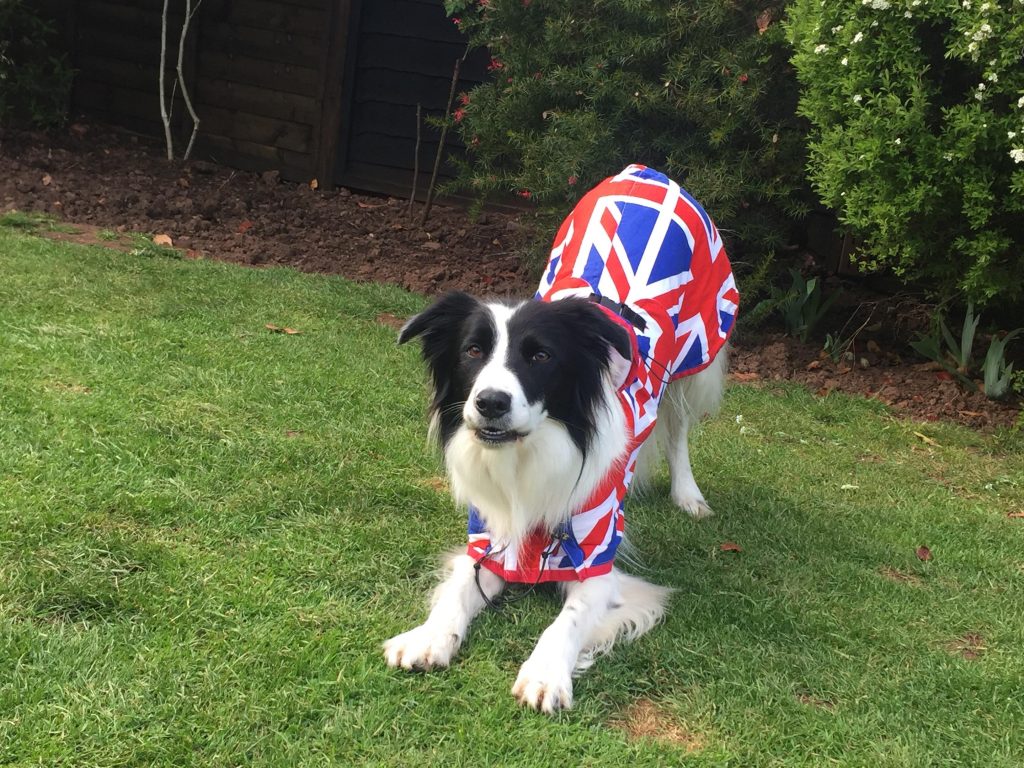
Clinical Canine Massage directly addresses tight, hypertonic and sore muscles which are common with the repetitive and high intensity exercise asked of our canine athletes. It also helps to break down restrictive scar tissue which can build up after a muscle strain, rehabilitating the injury and restoring the flexibility within the affected muscles. And through utilising a range of different myofascial release techniques, it also releases restricted fascia, improving range of movement and reducing acute and chronic pain. All of which combined, should improve the performance, speed and accuracy of your dog.
And what’s more, Clinical Canine Massage is also key in preventing injury in the first place, by finding and addressing musculoskeletal issues before they actually become a problem. So routine maintenance massages really are a must have for any serious competitor. A regular massage will help to keep your dog supple, reduce the risk of injuries, and enhance their performance by warming the muscles, increasing blood flow, improving mobility and flexibility, and reducing stiffness.
“I first came across Canine Massage after my Border Terrier unusually started to knock jumps at agility and seemed reluctant to jump onto the sofa or into the car. After just three sessions of massage with Lindsay, not only was Frank more willing to jump onto the sofa and into the car again, on his return to agility he demonstrated more speed and athleticism, a cleaner and more careful jumping technique, improved focus, quicker execution of the weaves, and tighter turns!”
Sam, Paulton
What next?
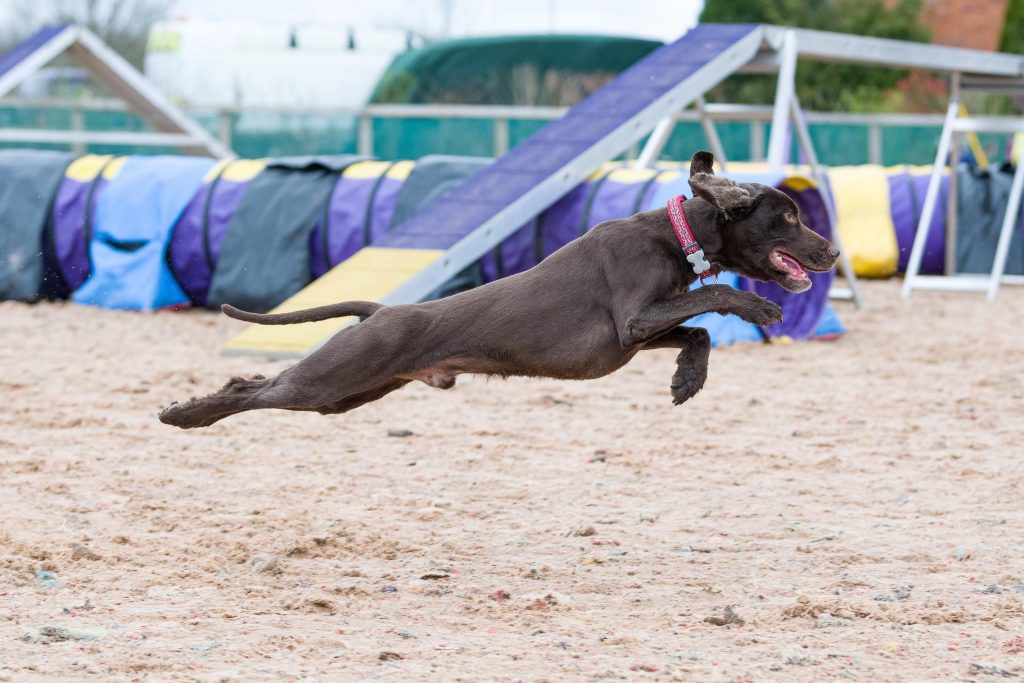
If you’re concerned about a sudden change in performance, your vet has diagnosed a soft tissue injury, or you’re not sure and would just like a routine assessment for peace of mind, Clinical Canine Massage would be a good next step for you and your Canine Athlete.
The Canine Massage Guild have devised The Five Principles of Pain, which is a guide to help you assess your dog for the viability of Clinical Canine Massage therapy. This useful aid will help you to identify clinical and sub-clinical signs of muscular and myofascial pain that are frequently helped by this powerful therapy. It covers Gait, Posture, Activities of Daily Living, Behaviour and Performance and you can easily classify any observations or concerns you may have within these categories. Click here to download the Five Principles of Pain sheet which breaks down these categories further.
And of course, if your dog is currently in great shape and you’d just like to begin a routine maintenance massage programme in order to help prevent injury in the future and enhance the performance of your sporting superstar, just pop us a message to discuss this further or to make an appointment.
Veterinary Consent
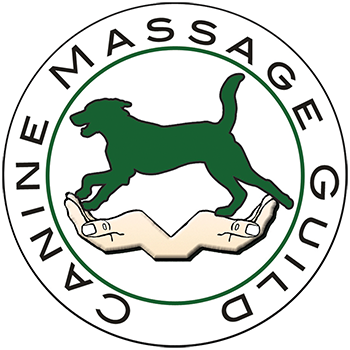
As a member of the Canine Massage Guild, Paw Vida offer a very professional Clinical Canine Massage service and respect the Veterinary Surgeons Act 1966 and Exemption Order 2015 by never working on an animal without gaining prior veterinary approval. In simple terms, this means we’ll only massage your dog if your vet considers it appropriate and safe to do so. Some diseases and conditions are contraindicative to massage and we, or your vet, will of course advise you of this when you get in touch.
You can download our Veterinary Consent form here. Please note that without veterinary consent, we’ll be unable to massage your dog.
Prices
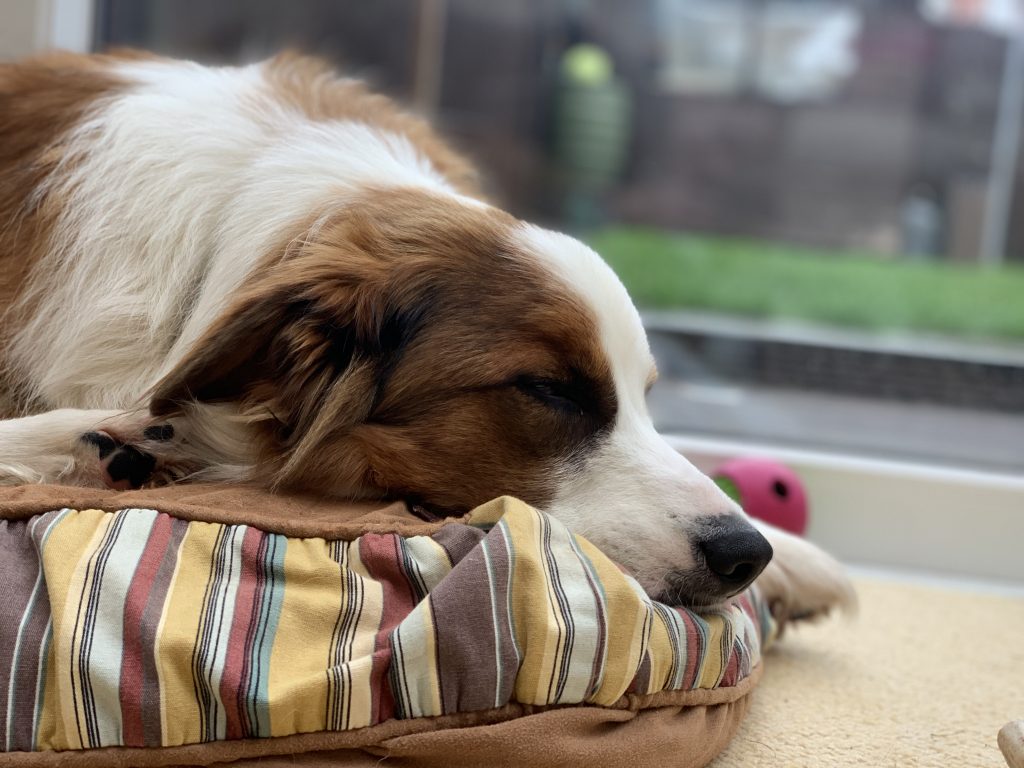
Initial consultation and Treatment
£45.00*
Follow up / Maintenance Treatments
£40.00*
* A small additional travel charge may apply depending on your location.
Canine Massage Clinic packages are also available for training clubs and teams. Please contact us to discuss your requirements.
A big thank you to some of my sporting superstar clients, Zorro, Spy, Charlie, Seren, Coco, Razzle, Jake, Charlie and Archie for generously donating their best action shots for the creation of this page.



